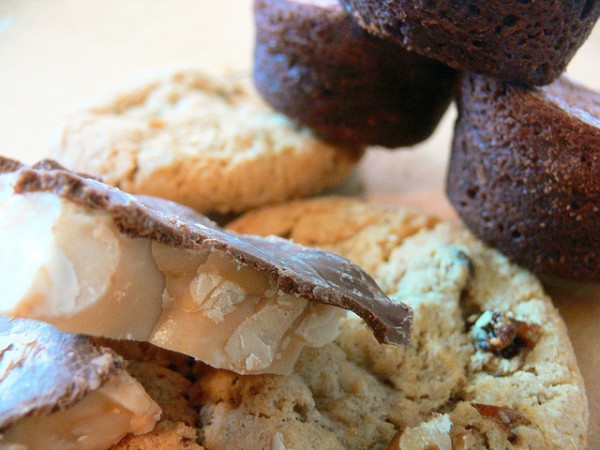Texture of Food Influences Perceived Calorie Count

The texture and stiffness of food heavily influences how a person guesses its calorie count, according to a recent study investigating how people develop eating habits.
The study, published in the Journal of Consumer Research, detailed five separate experiments conducted by researchers from University of South Florida, the University of Michigan and Columbia University.
According to the study, each of the five experiments were designed to show how participants perceive the caloric content of food based largely on texture alone.
One such experiment, which involved brownie bites, required participants to watch a series of television ads. While watching the ads, participants were provided a cup of brownie bites to munch on that were either soft and moist or dry and hard.
In some instances, the participants were asked questions to get them thinking about the calorie content of the brownies while eating them. In another group, the participants were left alone to watch the ads in silence.
According to the results of this experiment, participants that were not made to focus on the calorie content of the brownies consumed a much greater amount of brownies when they were soft compared to when they were hard. Predictably, the opposite happened with the participants who were thinking about the calories of each bite, tending to eat a greater number of brownies when provided the dry and hard version of the snacks. Interestingly, the reality was that calorie content both groups of brownie bits were the same.
The authors of the study theorized that people tend to perceive food with harder and rougher textures as food with fewer calories. This phenomenon was displayed in all five unique experiments, according to the study.
Still, it remains unclear just why this phenomenon occurs. It may be that as we learn about food in our lives, we tend to encounter food of a soft, gooey, or smooth texture with a high calorie count. Likewise, we encounter the opposite when eating food with a confirmed low count. With this in mind, people begin to form stereotypes about food, regardless if they are actually healthy food choices.
This theory of course then raises the question "would children with less exposure to various types of food perceive textures differently?" That still remains to be seen.
The study was published in the Journal of Consumer Research this April.
Apr 16, 2014 01:44 PM EDT





